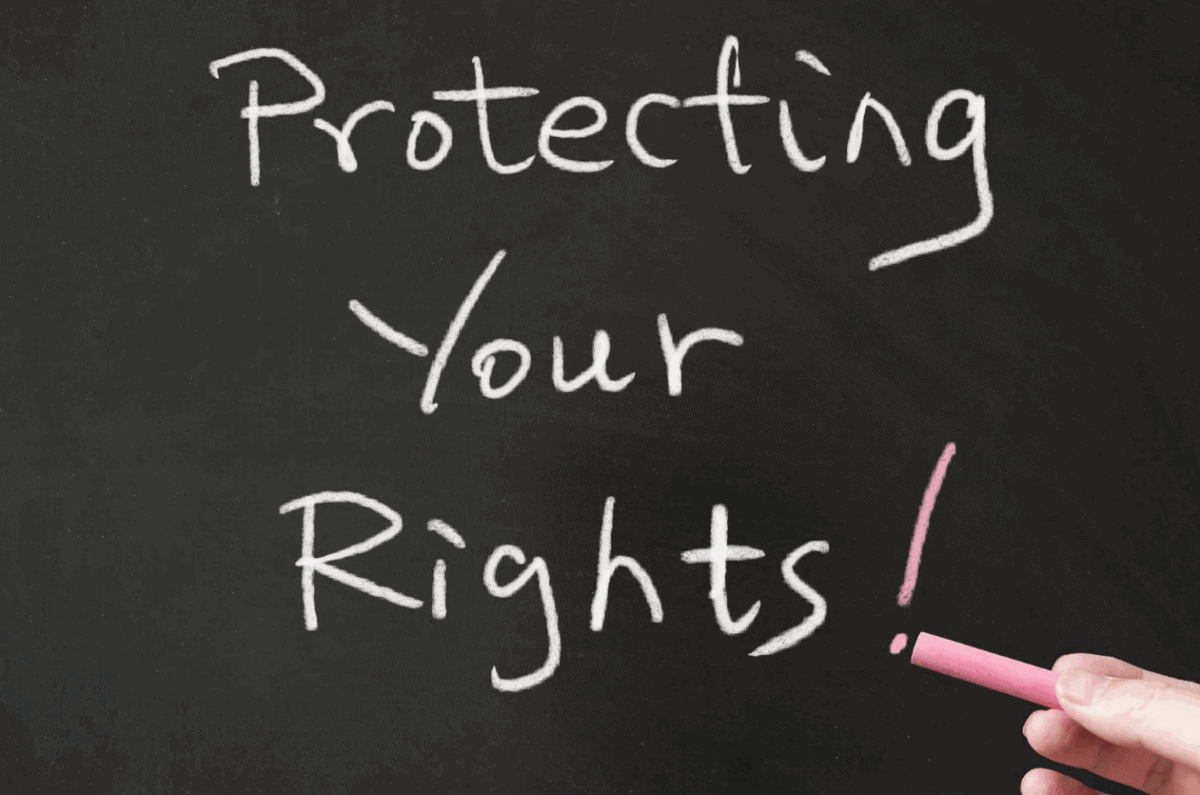More people are switching their jobs and lifestyles to accommodate an aging family member at home, and this reality will only continue to grow. Your family may already be preparing to help care for an aging grandparent. with the intention of helping them age peacefully at home.
Most seniors would prefer to be able to age at home or “age in place.” However, the health, physical mobility, and cognitive decline that come with aging can make it more difficult for them to remain at home.
As a family member, you can help your family in many simple but meaningful ways to make aging at home an enriching experience for your loved ones. Here are some things to consider when meeting the basic needs of daily living for older adults.
Help Your Loved Ones Age Peacefully at Home
1. Functional Mobility
Although retirement is a time of relaxation for many seniors and older people, enjoying life can be a challenge for them as their physical abilities become increasingly limited. If mobility issues are not properly addressed, they can significantly affect their quality of life, which can also have a negative impact on their mental and emotional health.
Fear about losing mobility freedom both inside their houses and outdoors makes seniors reluctant to try new activities and maintain their physical activity. A safe environment backed by proper assistance must be provided to seniors so they can move without experiencing accidents or sustaining injuries.
It can be as simple as encouraging the family to make safety modifications to the home to help the older person perform daily activities like getting in and out of bed as well as using the shower or bath.
Depending on the individual’s needs, there are mobility equipment and aids, such as walkers, wheelchairs, and scooters, that are available to help improve seniors’ mobility at home.
Wheelchairs, together with mobility scooters, deliver substantial benefits to elderly adults who wish to stay in their homes as they age. Through the use of mobility aids, elderly people can recover independence to perform their normal daily tasks.
The devices prove exceptionally helpful to elderly adults with balance or strength challenges because they establish a dependable way to navigate both indoor and outdoor spaces.
Mobility scooters, for example, are well-suited for longer distances and can allow older adults to continue enjoying outdoor activities, visiting friends, or running errands without feeling limited by their physical condition.
Foldable wheelchairs are top-notch for indoor use as they feature a narrow turning radius. To find the right equipment, families can test wheelchairs and mobility scooters at Marc’s Mobility or any other local mobility store, where seniors have a chance to get expert advice tailored to their specific needs.

2. Food
While healthy eating is essential at any age, its importance increases with age. However, remember that needs and habits will likely change as you age.
Having a balanced diet is absolutely substantial for senior people to maintain their energy levels and get the nutrients they need. However, what is considered a balanced diet can vary by age. For example, seniors tend to need fewer calories and carbohydrates, while the need for more fiber and calcium increases. Their appetite may also decrease.
When it comes to meal prep, home-cooked meals are obviously the best, but not all seniors have the interest or ability to cook for themselves. This is an area where anyone who wants to learn can contribute.
Even if you don’t know how and what to cook, it’s a top-notch opportunity to learn something new – many grandparents have a lifetime of wisdom to impart in the kitchen, so cooking with them or for them can be a culinary masterclass.
If you don’t have time to help with meal prep every day, consider getting them involved in meal prep for the week and planning to cook in batches.
The process of tracking daily nutritional requirements becomes difficult for elderly people. Senior citizens who cannot cook at home should consider joining a local food delivery service. Senior-friendly options should be available in the menu with ingredient details so you can track the macros.
3. Hygiene
As routine hygiene tasks become more demanding, senior adults may begin to neglect or struggle with personal hygiene. These tasks may include shaving, brushing and styling hair, using the toilet, and showering or bathing.
However, some may still be reluctant to seek help. For them, getting help with bathing and other personal care tasks may initially seem like a humiliating experience.
This doesn’t mean your family should leave them alone or simply insist on helping them without letting them have their say. It can be thoughtful to ask questions about who they would prefer to help them.
Perhaps they would prefer a woman to help them instead of a man or a specific family member. Open communication about this and taking their choices into account can help them feel more in control of their condition and, therefore, more willing to accept help from others.
It will help your family establish and stick to a daily routine. Doing certain activities at certain times of day in a familiar way will let the elderly know what to expect. This can build a trustworthy relationship and help your loved one unwind.
4. Social Connection
Sometimes, elderly people need more attention rather than physical assistance. In fact, those who are able to live more independently than others may be the ones most likely to be emotionally neglected and experience social isolation.
Regardless of age, we are all social creatures. Naturally, social connections are key to healthy aging. When older adults are faced with prolonged loneliness and isolation, it can impact their both physical and mental health.
Creating a sense of connection and belonging within the family and larger community is crucial to helping our older adults maintain their vitality, as well as their own sense of worth and identity.
Set aside time to regularly check in with older family members and include them in outings and activities. Introduce them to community activities in the area.
If they are up for it, you could even encourage them to take part in a class to learn a new skill, such as cooking, painting, or creative writing. Or go with them yourself. Skills classes can lead to more social interactions and new friendships, as well as building self-confidence.

Bonus Tip: Don’t Be Shy to Ask for Help
Helping and supporting your loved one when your life gets too busy can be tiring and difficult. At times like these, you may want to reach out to others for extra help.
Be honest with your family about how things are going and what the extra care is taking on everyone. You may want to consider inviting your family to meet once a week to talk about schedules, needs, communication needs, and emotions.
If you need more support, recruit a few trusted relatives, friends, and neighbors to help with various tasks throughout the day. Your closed community can also be a good source of encouragement and help.




























